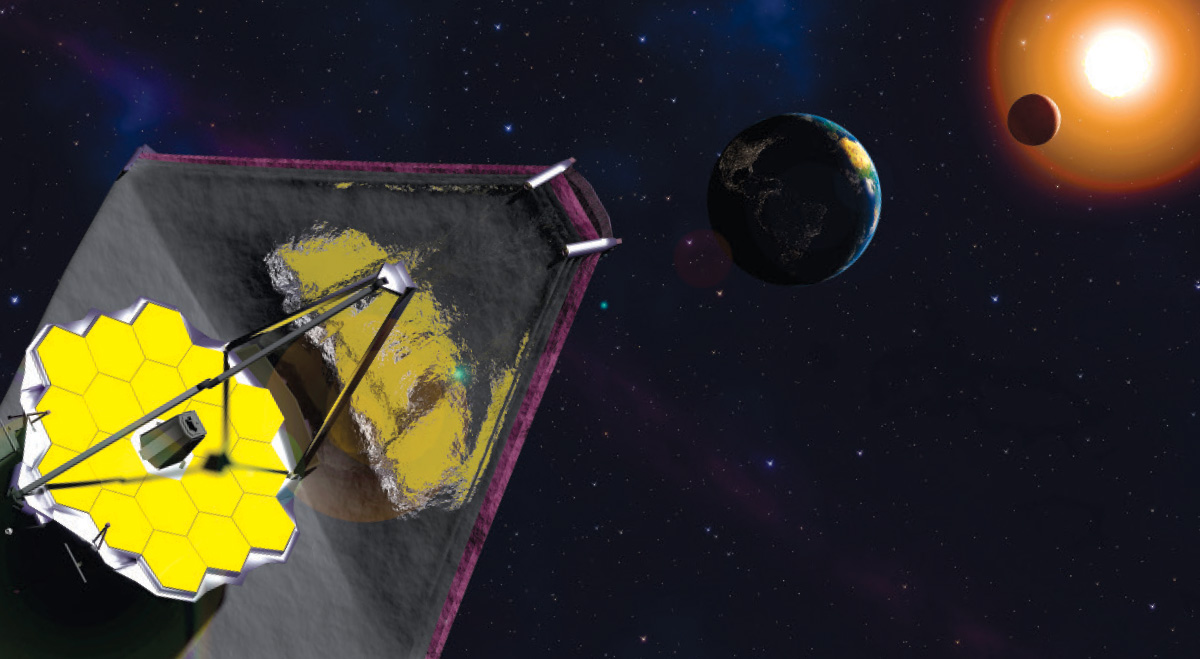Swimmer Anna Kottakis ’22 traded Swarthmore’s Ware Pool for Alaska’s Sitka Sound after COVID-19 canceled student athletics.
Pinar Karaca-Mandic ’98
Jon Ehrenfeld ’04
Hannah Watkins ’21 created this vibrant quilt using fabric donated by students, faculty, and staff. The concept plays on the traditional Tree of Life quilt block. (More, pg. 9)
Walk With Me …
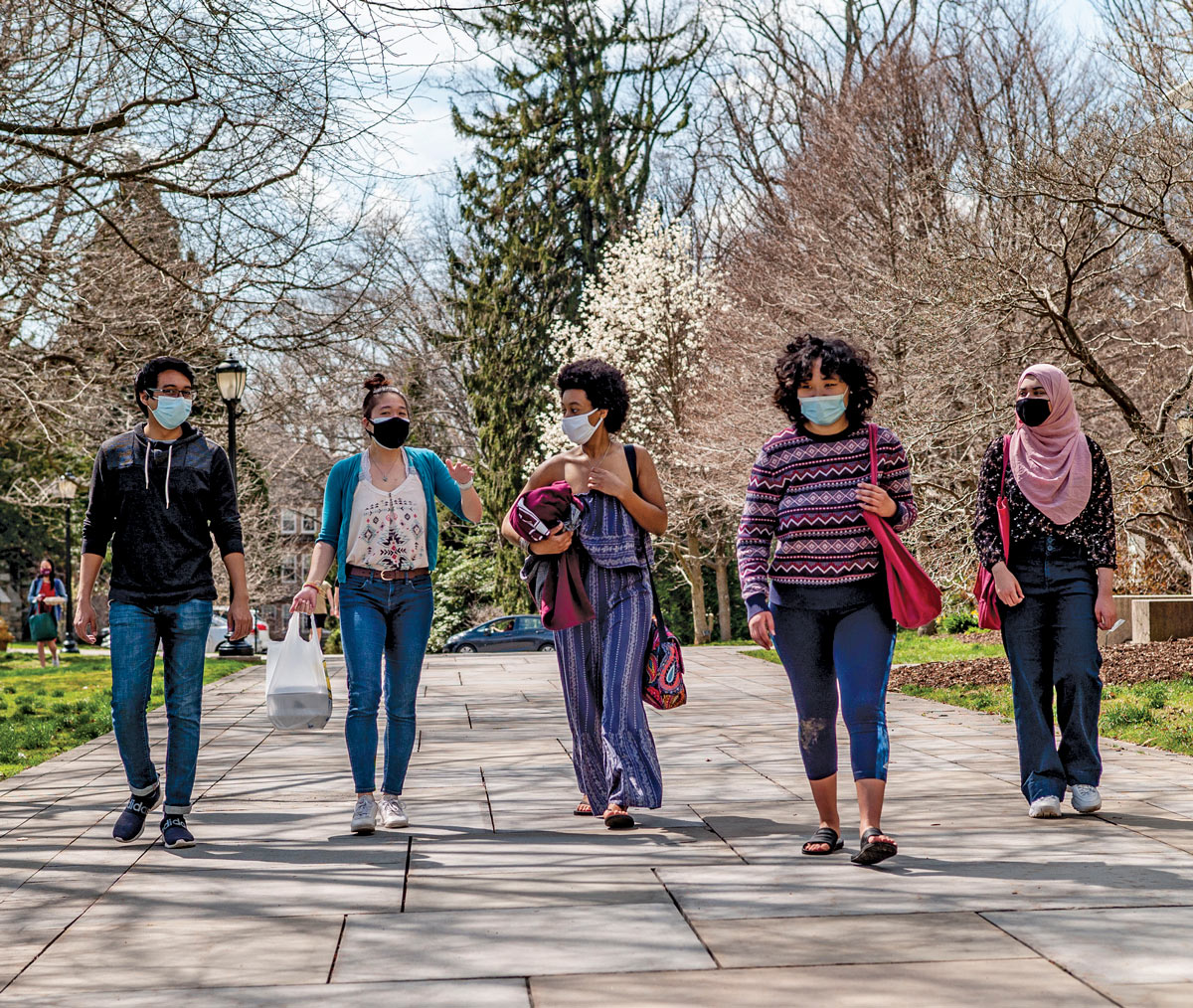
campbell
Kate Campbell
Managing Editor
Elizabeth Slocum
Senior Editor
Ryan Dougherty
Staff Writer
Roy Greim ’14
Class Notes Editor
Heidi Hormel
Designer
Phillip Stern ’84
Photographer
Laurence Kesterson
Administrative Coordinator
Lauren McAloon
Editor Emerita
Maralyn Orbison Gillespie ’49
Email: bulletin@swarthmore.edu
Telephone: 610-328-8533
We welcome letters on articles covered in the magazine. We reserve the right to edit letters for length, clarity, and style. Views expressed in this magazine do not necessarily reflect the opinions of the editors or the official views or policies of the College. Read the full letters policy at swarthmore.edu/bulletin.
Send letters and story ideas to
bulletin@swarthmore.edu
Send address changes to
records@swarthmore.edu
Printed with agri-based inks.
Please recycle after reading.
©2021 Swarthmore College.
Printed in USA.

an aside on taking sides
— WILLA BANDLER ’01, Walpole, Mass.
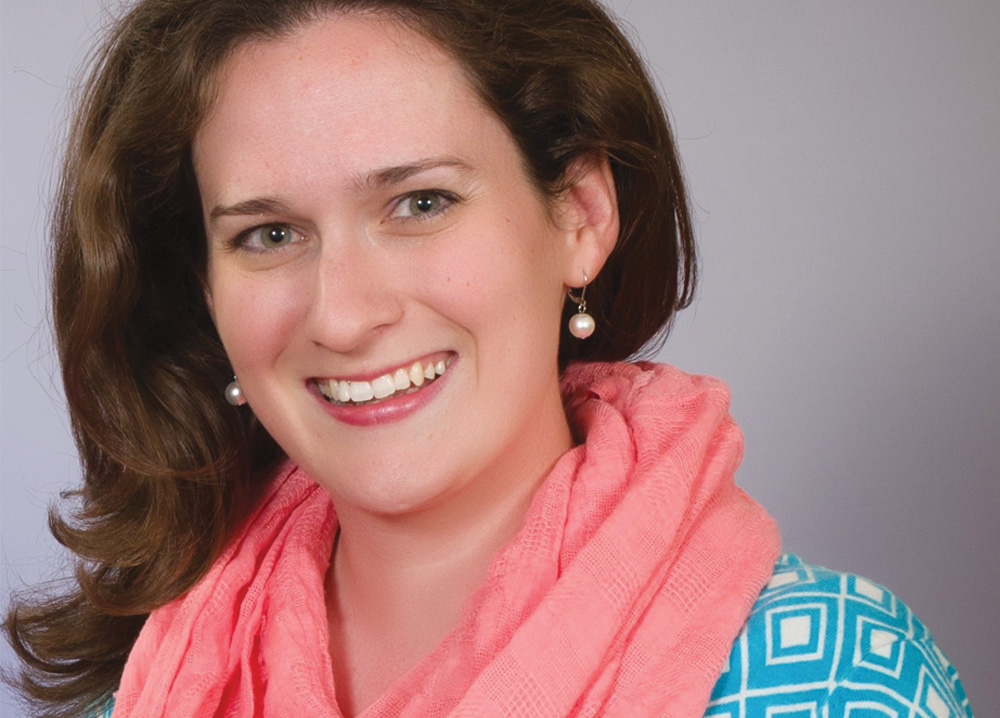
Healing Through
Curiosity
studentwise:
Creating
a Perfect
Atmosphere
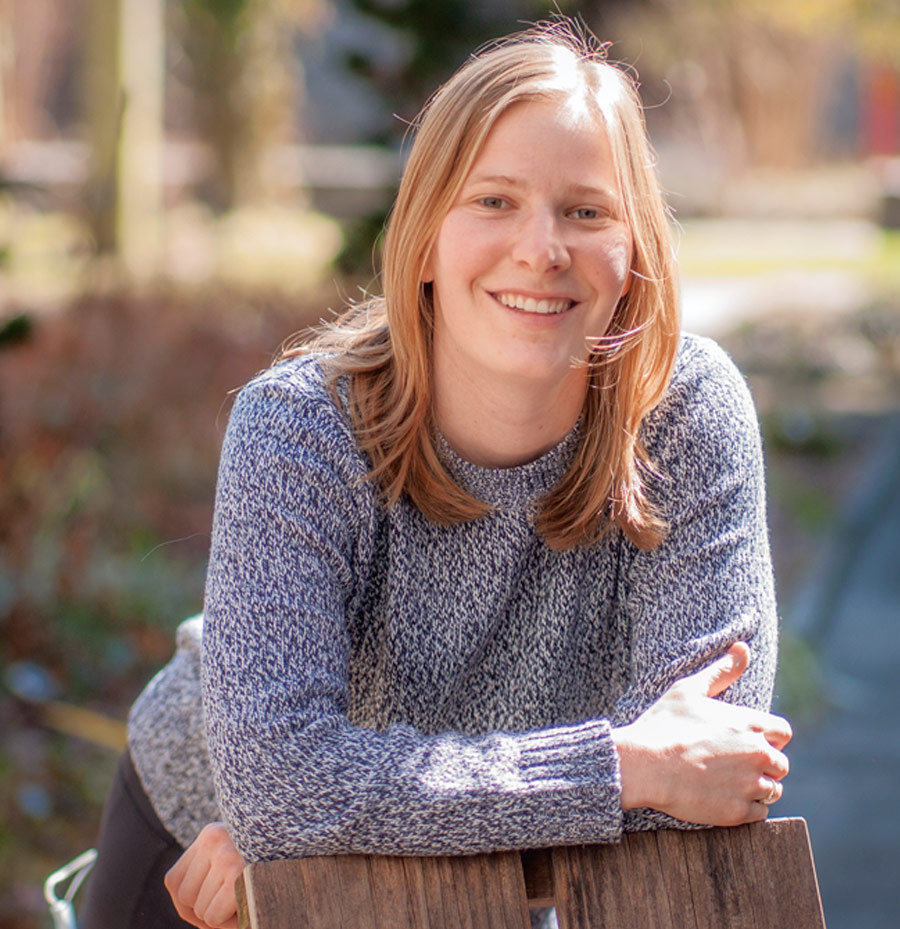
or this born-and-raised California girl, the first time I heard the name Swarthmore, I thought, How do you pronounce it again? But research and a campus visit where I encountered a supportive and hardworking student body convinced me that this was where I wanted to spend my college years.
studentwise:
Creating
a Perfect
Atmosphere
or this born-and-raised California girl, the first time I heard the name Swarthmore, I thought, How do you pronounce it again? But research and a campus visit where I encountered a supportive and hardworking student body convinced me that this was where I wanted to spend my college years.

HOT TYPE: New releases by Swarthmoreans
Laura Ascenzi-Moreno ’94 (with Cecilia Espinosa)
Rooted in Strength: Using Translanguaging to Grow Readers and Writers
Scholastic


Carl Levin ’56, H’80
Getting to the Heart of the Matter: My 36 Years in the Senate
Wayne State University Press
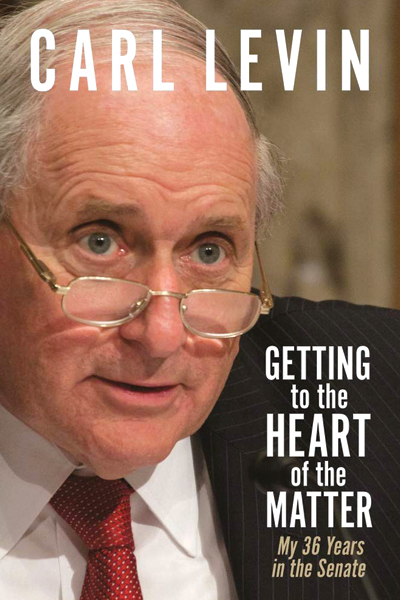

New Ways
to Measure
Corporations are in a relentless race to change the ways we live and work — from smartphones and messenger RNA vaccines to space commercialization and self-driving cars. Those who win this race can earn disproportionate wealth by destroying the competition. “What a lot of innovation does,” Nakamura says, “is put businesses out of business.”
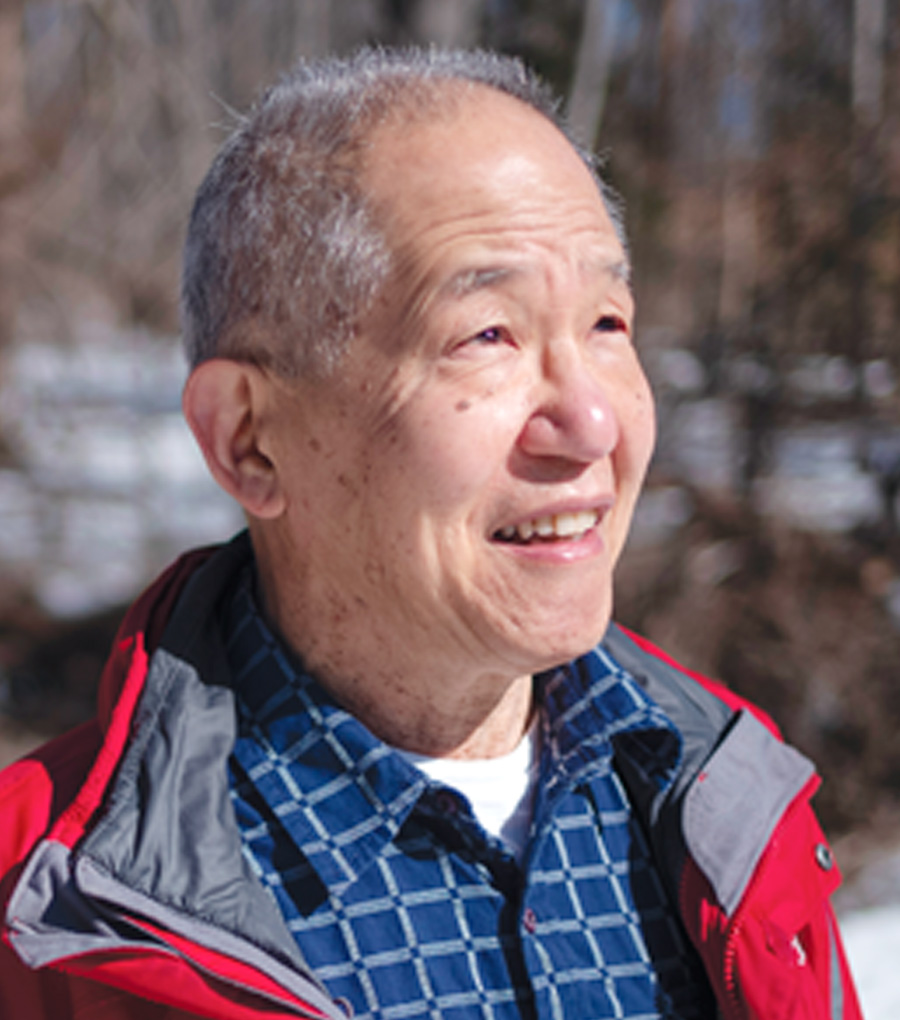
common good

Academic technologist Ashley Turner helps women of color navigate success in tech.
Lucy Jones ’20 and Vanessa Meng ’20 each earned a national award for their work in peace & conflict studies.
Matthew Salah ’21 is one of just 46 students from across the U.S. to be named a Marshall Scholar.
Linguist K. David Harrison and his former student Robbie Hart ’04 made the inaugural list of the Explorers Club 50.

Picking Up the Threads
More: bit.ly/SwatQuilt
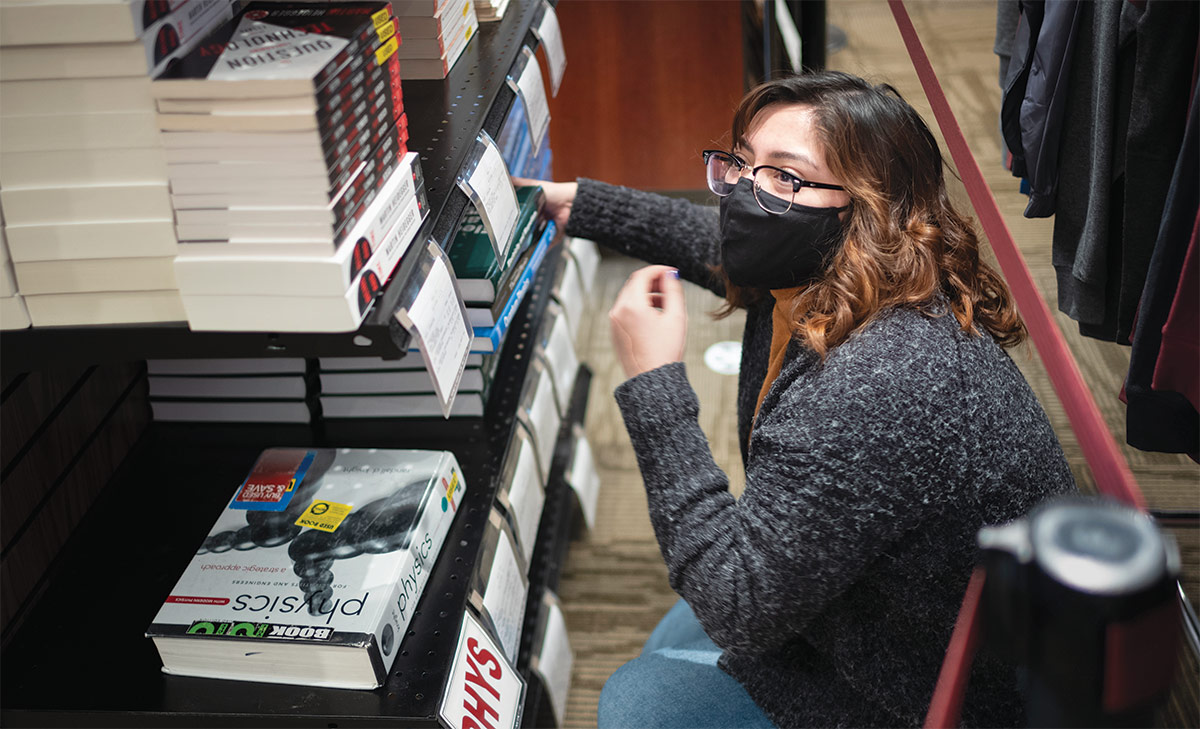
Tapping into Affordability
hen Aleina Dume ’23 was preparing for her first year at Swarthmore, she knew she needed to have money saved to buy books and other course materials — an expense that typically costs hundreds of dollars a semester.
“I had taken a summer job before Swarthmore, preparing for all those costs,” says Dume, a first-generation college student from Queens, N.Y. “At the same time, I didn’t want to spend all my money on books because there were so many other things to buy for college.”
HONORING FOUR FRIENDS:
Lin Urban, and Bernard Smith
Joe Phillips
, a Public Safety shuttle driver, died Dec. 15 at age 57.
A Ridley Township native known by his friends as “Porkchop,” Phillips had driven for the College on the 5 p.m. to 2 a.m. shift since joining Swarthmore in 2008. An avid local sports enthusiast, he supported Ridley Area Little League, Monsignor Bonner High School baseball, and Ridley JR ABA, which helps children develop basketball as well as life skills.
“Joe’s joy of life was contagious,” says Public Safety Office Manager Mary Lou Lawless. “He had such pride and joy in his family; there was always a story or an update that was followed by his great laugh. Joe represented his Ridley spirit with an enthusiasm that was impressive.”

Seeing the Bigger Picture
Over the years, he’s traveled, managed teams globally, and “learned the world through hard work and reflection.”
Yiadom’s focus has deep roots. His parents immigrated to the U.S. from Ghana in the 1970s. “I’m a product of generations of sacrifice,” he says, and he’s relied on a strong will, grace from a higher power, and the support of all who have been part of his journey.
Tracking Mortality in the Wake of COVID-19
Over the past year, she and her research team have analyzed daily hospital data streaming in from across the country. Now they can accurately forecast the number of Americans likely to die from COVID-19 over the next week by tracking and comparing key data from U.S. hospitals.
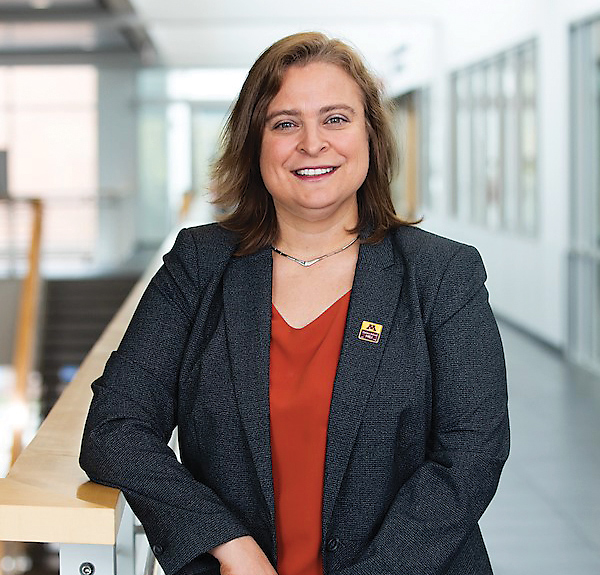

Tracking Mortality in the Wake of COVID-19
Over the past year, she and her research team have analyzed daily hospital data streaming in from across the country. Now they can accurately forecast the number of Americans likely to die from COVID-19 over the next week by tracking and comparing key data from U.S. hospitals.
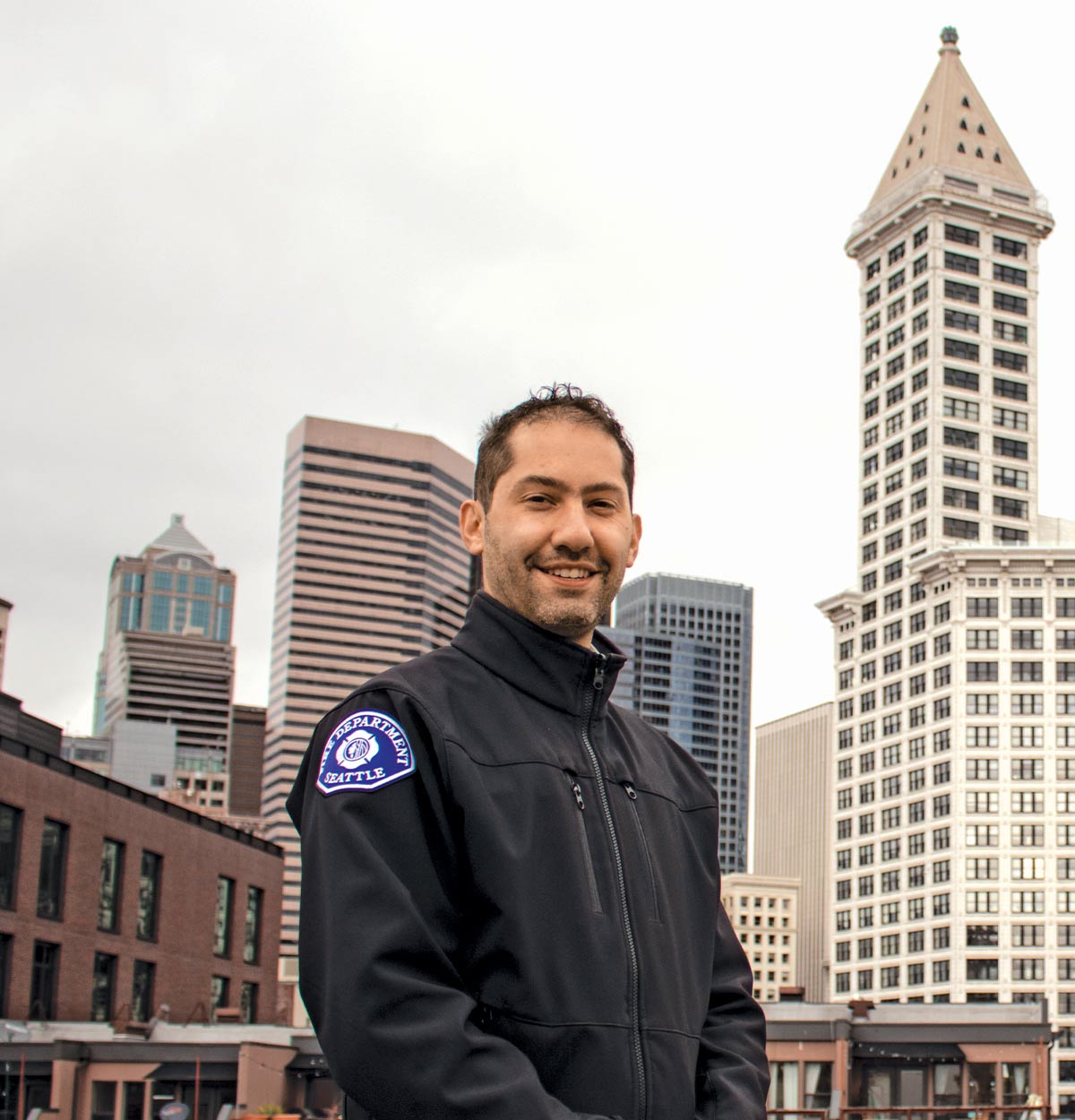
Rescuing 911
Jon Ehrenfeld ’04 is leading a new kind of emergency service team in Seattle. As manager of the Mobile Integrated Health Program at the Seattle Fire Department, he sees his role as an opportunity to help people in crisis.
“911 is a safety net for people who fall through every other gap in our system,” says Ehrenfeld, explaining that about 40% of 911 calls turn out to be “low-acuity,” meaning a lights-and-siren response isn’t necessary.
That’s where the Mobile Integrated Health Program comes in. With an aging population and a huge need for nonemergency medical care and social services among, for example, those with mental health and substance-use disorders, the service can be particularly helpful, Ehrenfeld says.
Combining Forces

Some said the scheduled launch for the Webb telescope in 2007 was overly optimistic, says John Mather ’68, H’94. “People laughed at us right away and said that we couldn’t do that. But they did not tell us to stop, because it was really clear that NASA headquarters wanted to do this.”
Combining Forces

Some said the scheduled launch for the Webb telescope in 2007 was overly optimistic, says John Mather ’68, H’94. “People laughed at us right away and said that we couldn’t do that. But they did not tell us to stop, because it was really clear that NASA headquarters wanted to do this.”
Winging It

illustrations by Jamie Coe
ne evening a year, as a chill hits the air, Swarthmore’s campus transforms to a mystical land of fanciful beings and prehistoric beasts. Armed with the finest in foam weaponry, Swarthmoreans don trash bags to prepare for battle against their longtime foe: the pterodactyl.
Winging It
illustrations by Jamie Coe
ne evening a year, as a chill hits the air, Swarthmore’s campus transforms to a mystical land of fanciful beings and prehistoric beasts. Armed with the finest in foam weaponry, Swarthmoreans don trash bags to prepare for battle against their longtime foe: the pterodactyl.
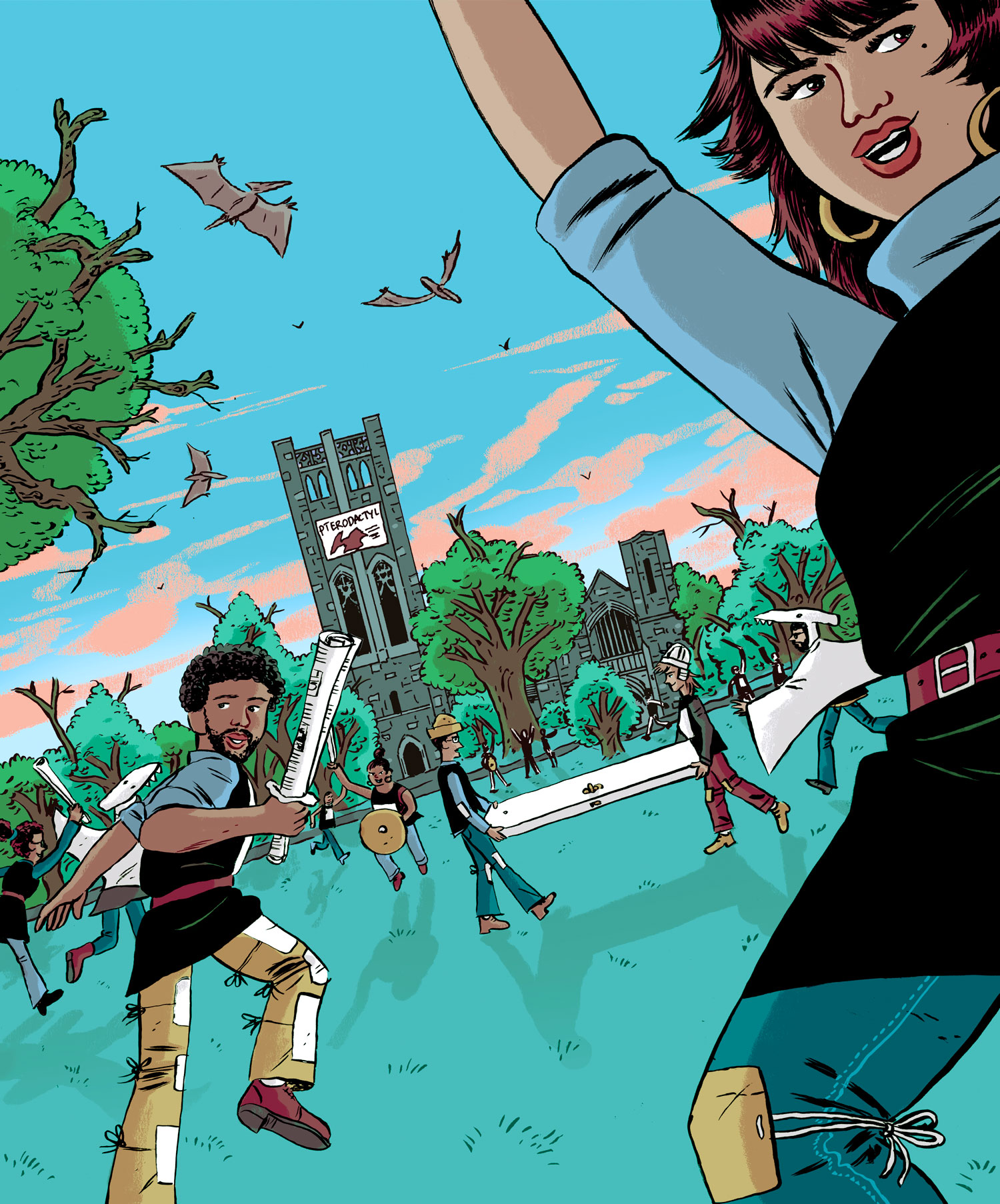
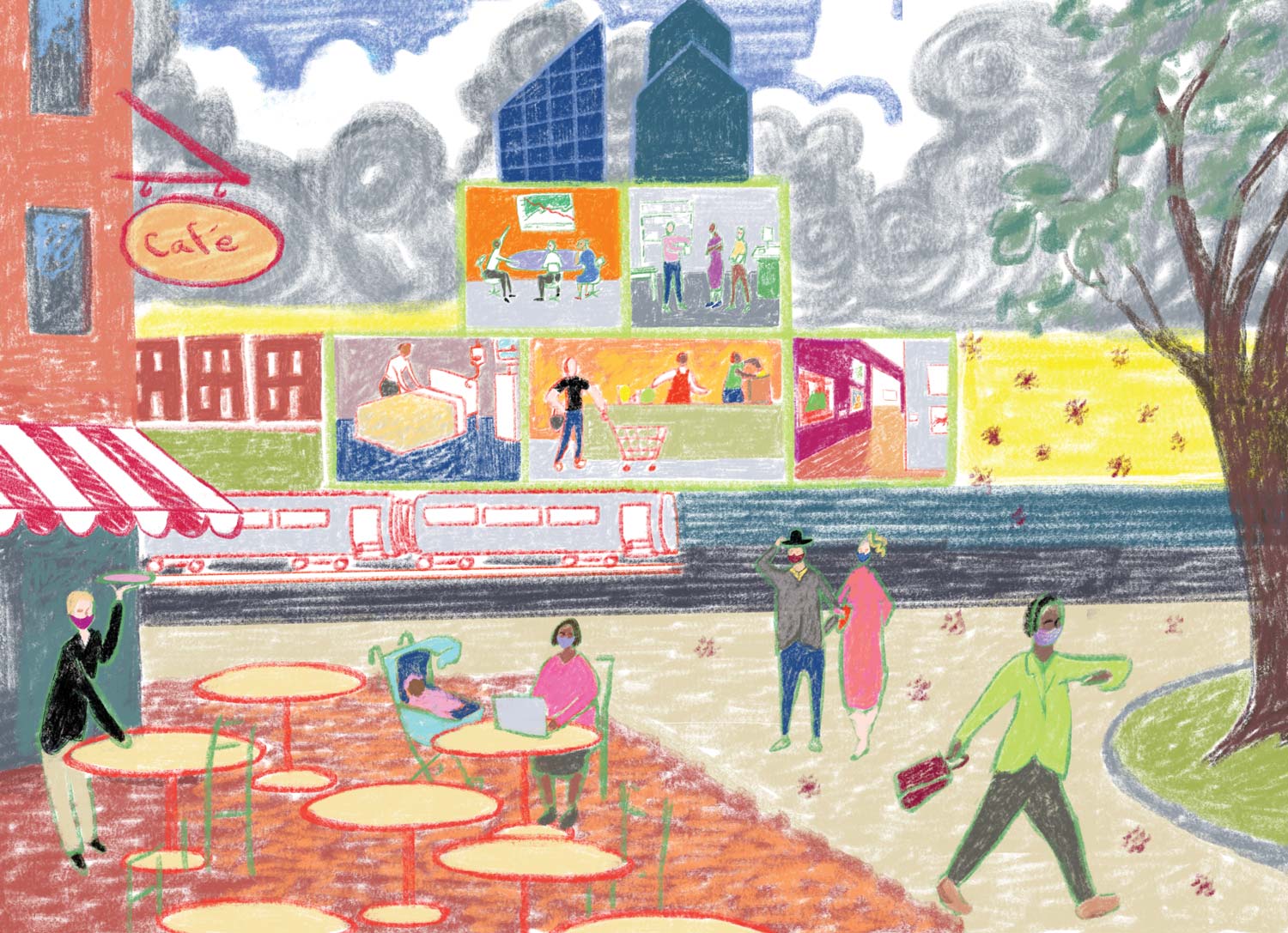
Ripple Effect
To help untangle the complexities of how the U.S. economy will be affected for years to come, Swarthmore economists share perspectives from their areas of expertise. They examine how the pandemic has widened income inequality, the toll it has taken on America’s most vulnerable workers, and how it has frayed at the fabric of the American city.
illustrations by Phillip Stern ’84
Away Games
Write for the Future
RAFTING a compelling story for kids is not as easy as it looks.
Just ask Professor of Linguistics and Social Justice Donna Jo Napoli. In addition to teaching and research, she’s authored more than 80 children’s books.
“People read them and think, Boy, that’s simple! I could do that,” says Napoli. “Anybody and their aunt can write a children’s book. That’s a huge myth. It took me 13 years to sell my first story.”
class notes

Discussion Group
Become a member for the 2021–22 series to hear knowledgeable speakers and engage in lively conversation with local community members as well as Swarthmore College staff, faculty, and alumni.
swarthmore.edu/discussion-group
Watch recordings from the Racial Justice series or browse the full catalog of SwatTalks.
bit.ly/SwatTalks
Explore recorded events, upcoming programs, and resources for the Swarthmore community.
swarthmore.edu/alumni
Thank you to the alumni, families, and friends who do so much for Swarthmore as volunteers. Your creativity, thoughtfulness, and enthusiasm in this challenging year are deeply appreciated.
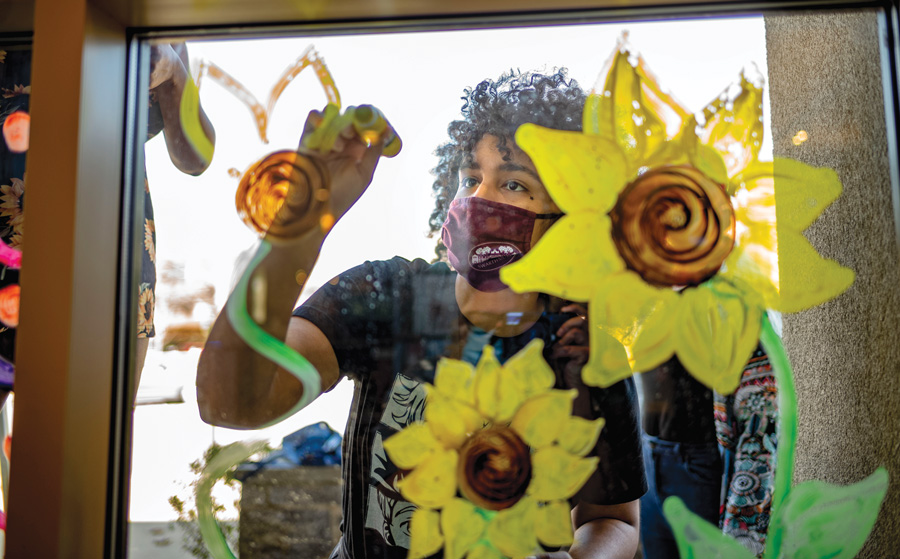
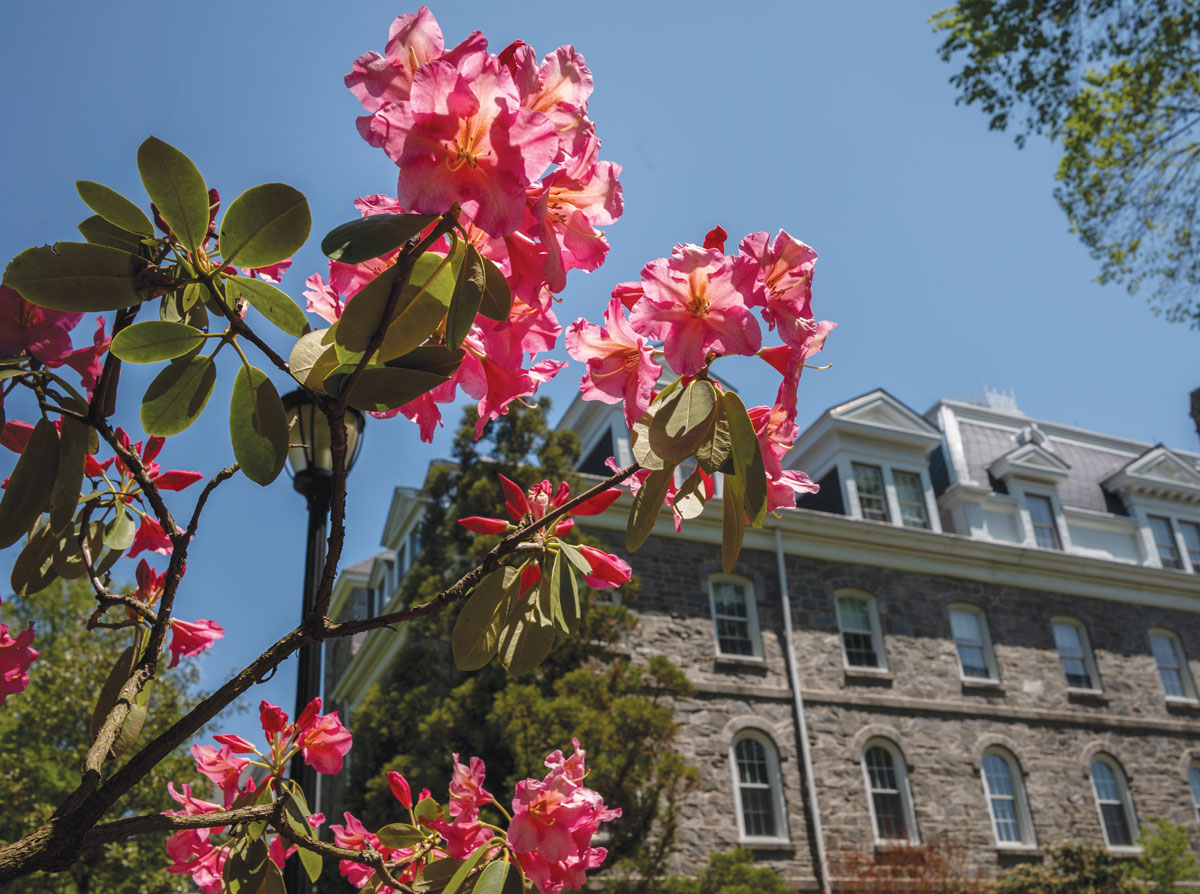
their light lives on
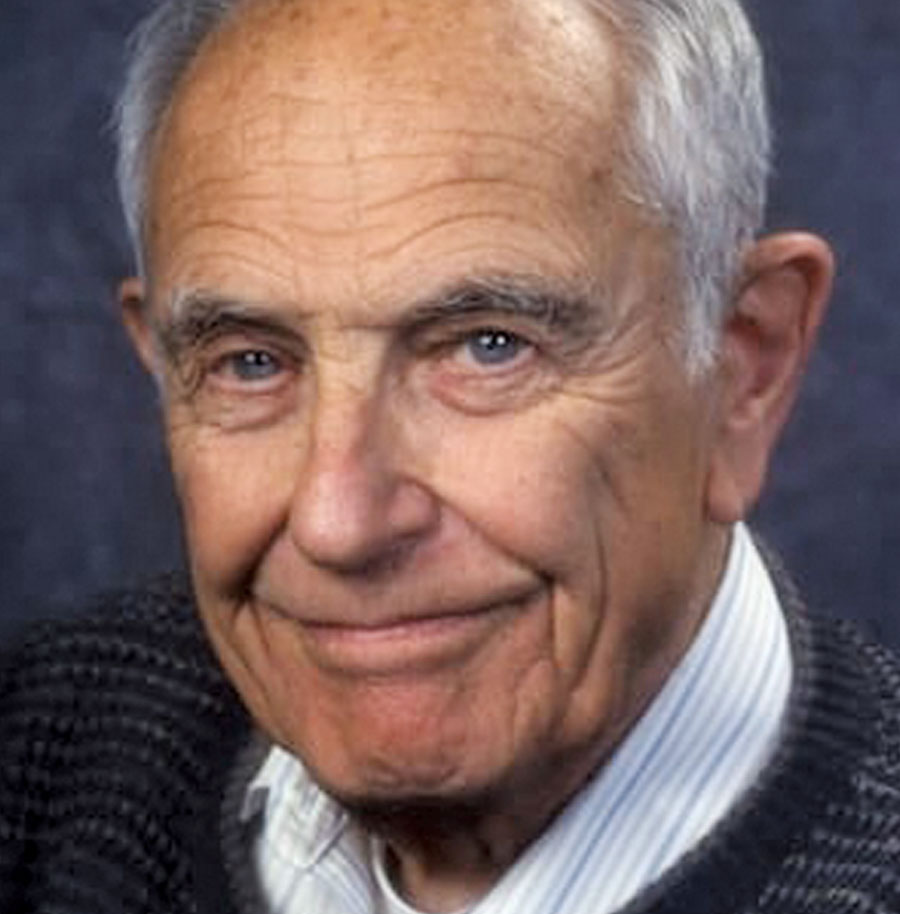
George, who helped establish the Haas School of Business at the University of California, Berkeley, died Nov. 28, 2020.
George earned a Ph.D. at MIT and taught for 30 years at Berkeley; he was director of the Institute of Industrial Relations and editor of the Industrial Relations journal.
Erika, an economist and public servant, died Dec. 23, 2020.
After graduating from Swarthmore, Erika worked overseas for the U.S. government before moving to New York City to study economics at Columbia University; she lived in the same apartment from 1948 until her death. Erika worked for the Federal Reserve and did research for the Rockefeller family before moving into public service, with a career highlight of serving as chief of staff for U.S. Rep. Bill Ryan.
Juergen, a physics professor and Hawaii resident, died Oct. 23, 2020.
After immigrating to Louisiana from Germany as a teen, Juergen graduated from the College with a physics degree, then served in the Army before receiving a Ph.D. from Columbia University. He was a researcher at Argonne National Laboratory in Illinois and a guest professor and researcher in Germany. For 20 years, he was a physics professor at the State University of New York at Buffalo.
Ellen, an art lover and a dedicated volunteer, died Nov. 20, 2020.
The daughter of the president of Lehigh University, Ellen attended the Moravian Seminary and Swarthmore before receiving a bachelor’s in interior design from the University of Wisconsin. She enjoyed camping with her family and participating in book groups, and was a longtime volunteer at the local library, among other organizations, in Gainesville, Fla.
Margaret, an anthropologist, hospice volunteer, and published writer, died Nov. 3, 2020.
Margaret attended Swarthmore and Syracuse University, receiving a Ph.D. in anthropology. She held part-time teaching appointments in New York at Syracuse and Utica College, as well as at the University of Maine at Augusta and at Colby College, where she was secretary of the art museum for 18 years and served as representative to the American Association of University Women.
looking back
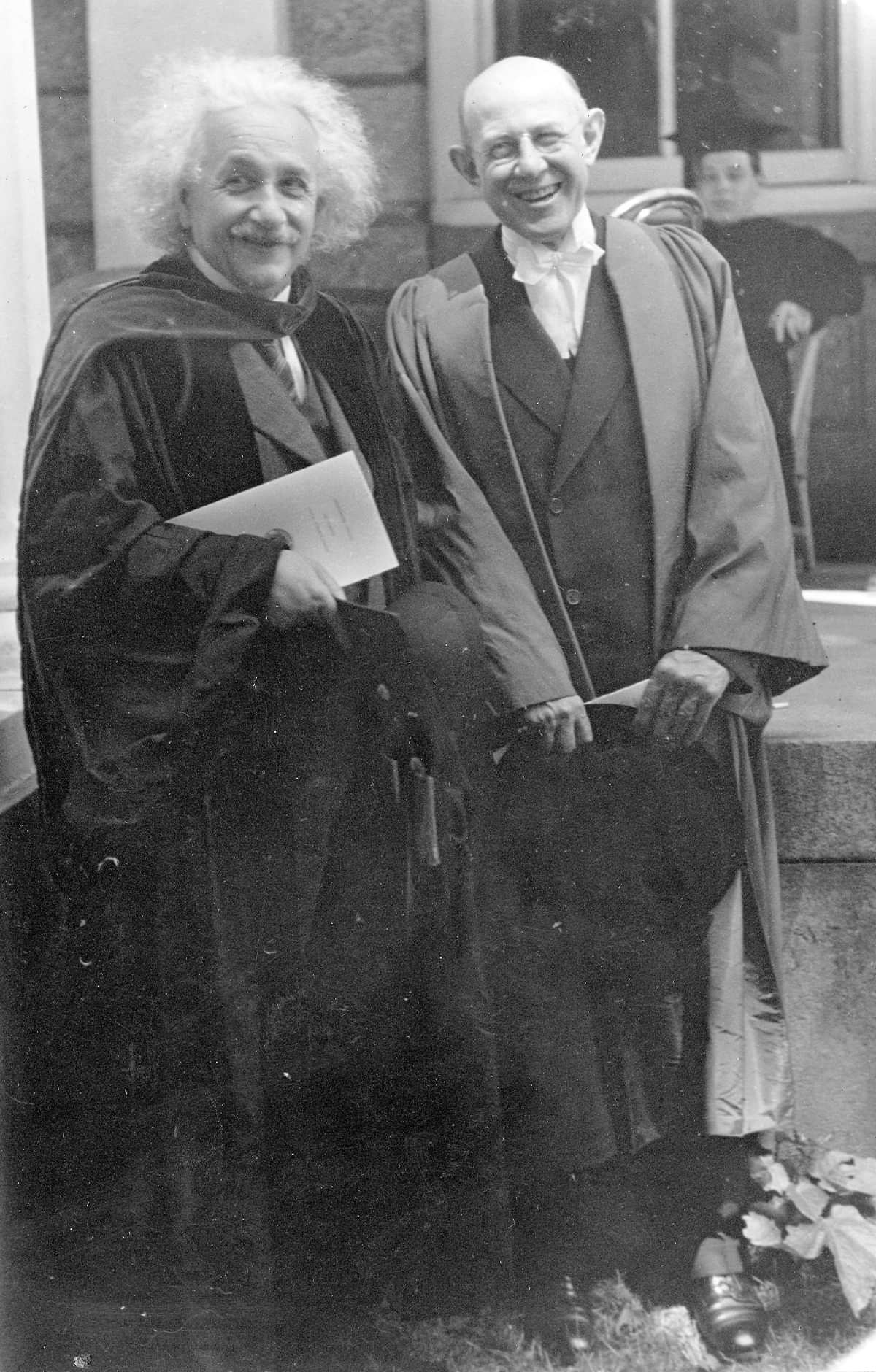
It’s not uncommon for famous figures to pop up at Swarthmore’s Commencement ceremonies, including Nobel Peace Prize winners (Jane Addams in 1932), renowned artists (Andrew Wyeth in 1958), and sitting U.S. presidents (Lyndon B. Johnson in 1964).
Just last year, the nation’s leading infectious disease expert, Dr. Anthony Fauci, made a surprise appearance in the virtual celebration, encouraging the Class of 2020 to unite in helping society overcome its challenges, including COVID-19.
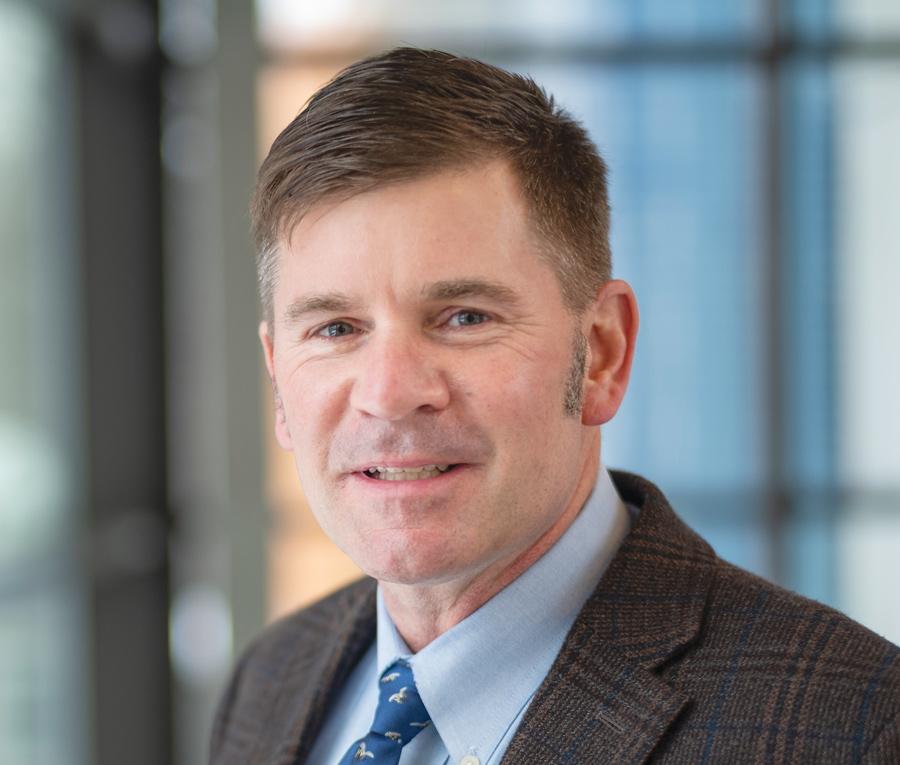
A Bold Step Forward
We don’t often think about the campus mechanical system, but you need to know everything about it. What might surprise people about the steam system?
Though it is simple and reliable technology, it’s very inefficient. We combust either natural gas or heating oil (almost exclusively gas) to create high-pressure steam. That happens inside the boiler plant that is next to the smokestack. The steam pressure forces the steam throughout the campus through an underground distribution system. Buildings receive the steam, which, in most cases, is used to heat water through a heat exchanger that circulates throughout the buildings to heat them or to create hot water for domestic uses. As the steam gives its energy to create the hot water, it condenses back to water itself, and that condensate flows back to the central plant through underground piping and is heated again to create more steam. A lot of energy is required simply to keep the distribution network pressurized year-round. A full third of the energy used to produce the steam is not used by our buildings, but is consumed to either keep the system pressurized or is lost in leaky distribution piping.
Have you ever found tools in the current system that you were not familiar with or that are no longer used in the industry?
Honestly, no. What surprised me is some of our infrastructure is more than a century old and still in operation. That’s a testament to generations of maintenance staff members who’ve been good stewards of the infrastructure. Because of its age, a lot of investment would be required to renew the steam infrastructure. When we performed a life-cycle cost analysis, it’s no more expensive to replace the steam system with combustion-free, low-temperature hot water than it is to keep it going.

Quacking Up
Zane Meyer ’21 prepares to throw a rubber duck from the roof of Singer Hall into the Science Quad as part of the Engineering Department’s annual April Fools’ Day prank on campus. bit.ly/SwatDuck
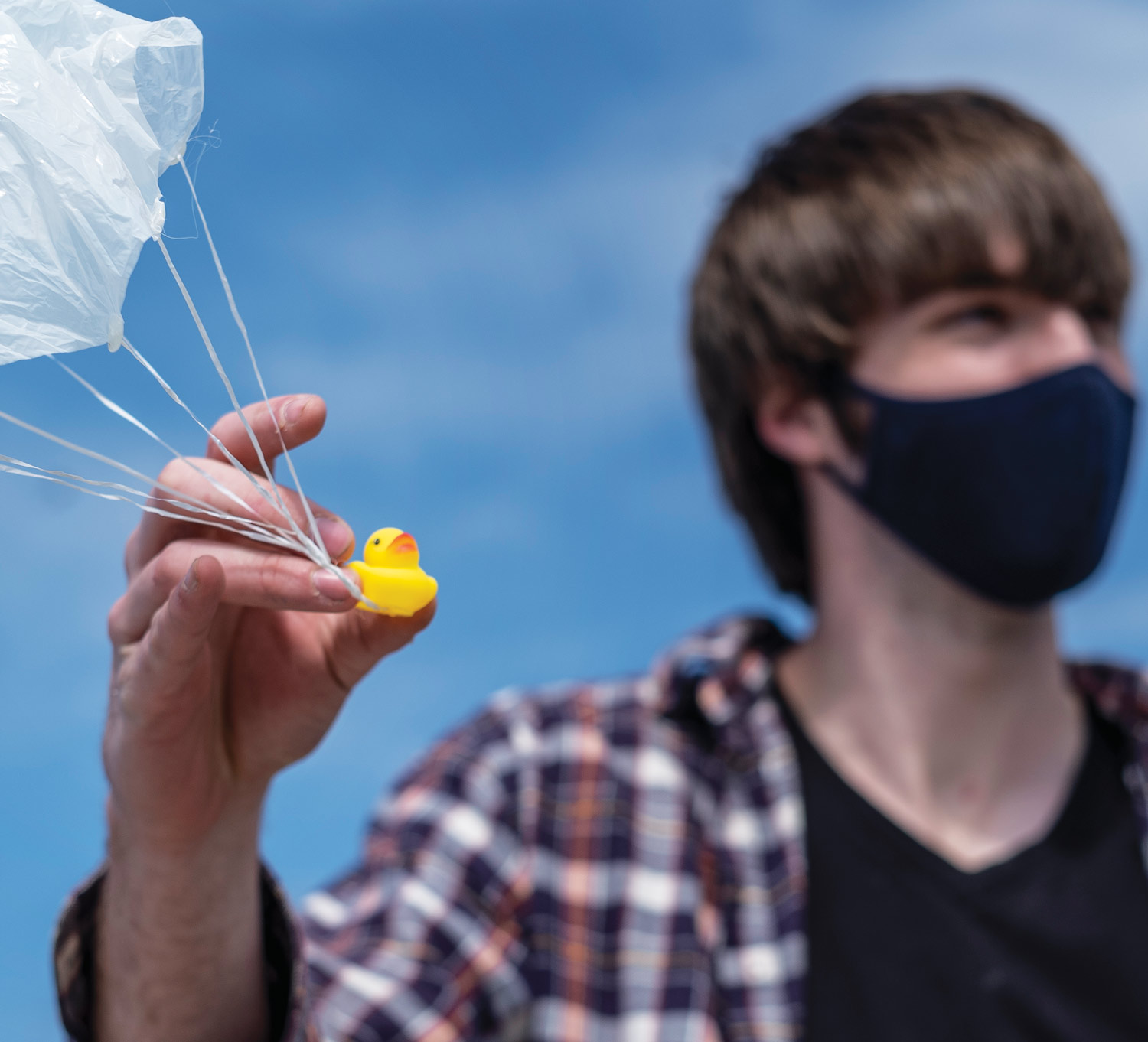
Swarthmore is anywhere you are.



